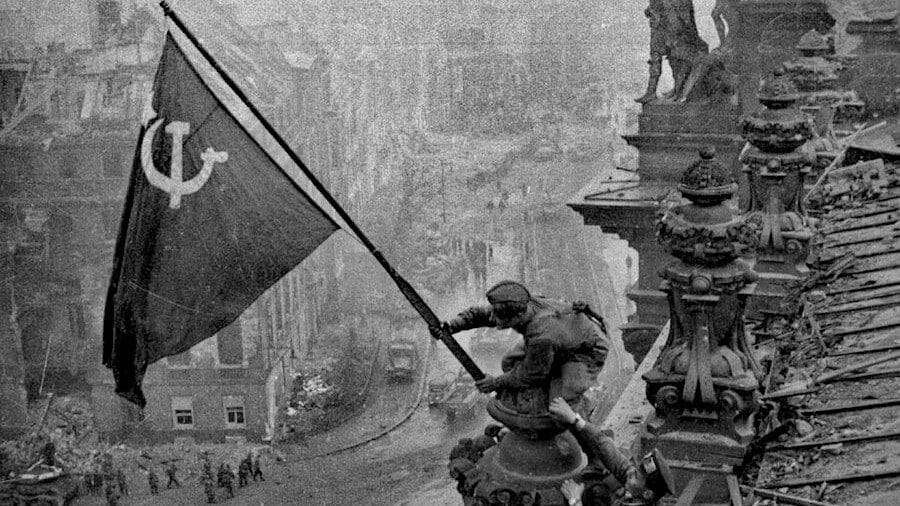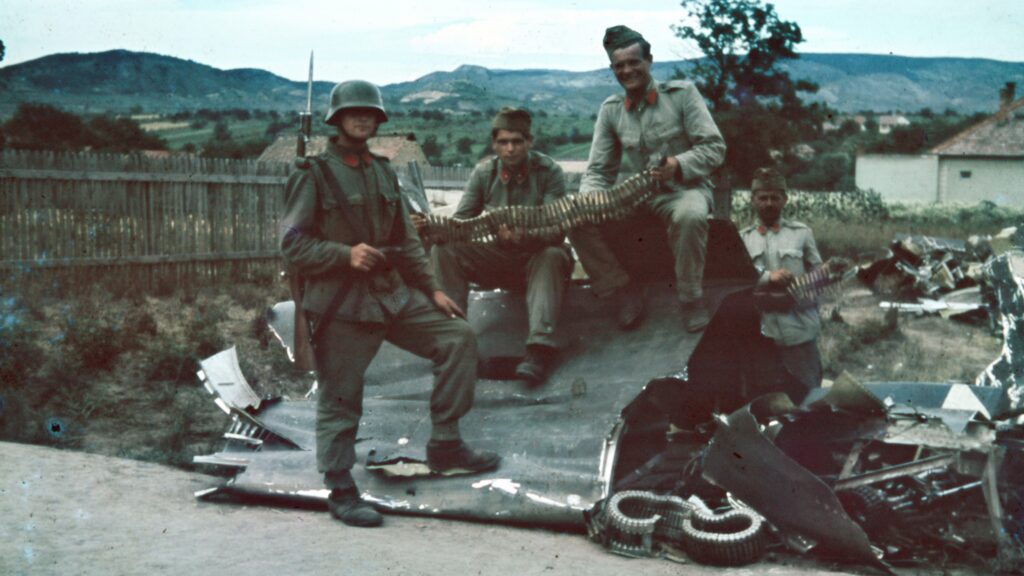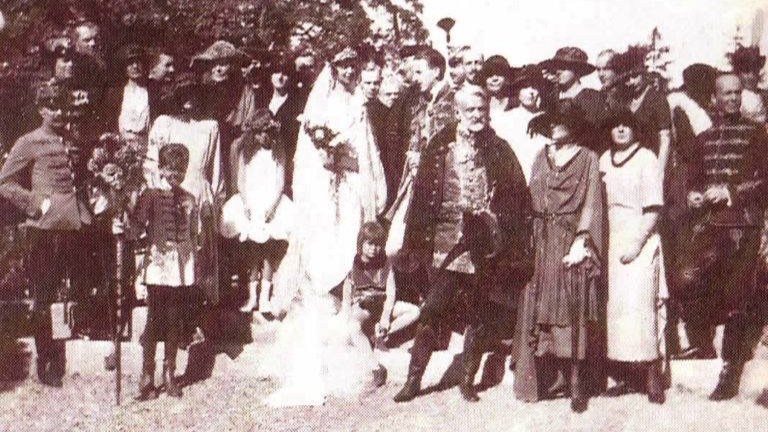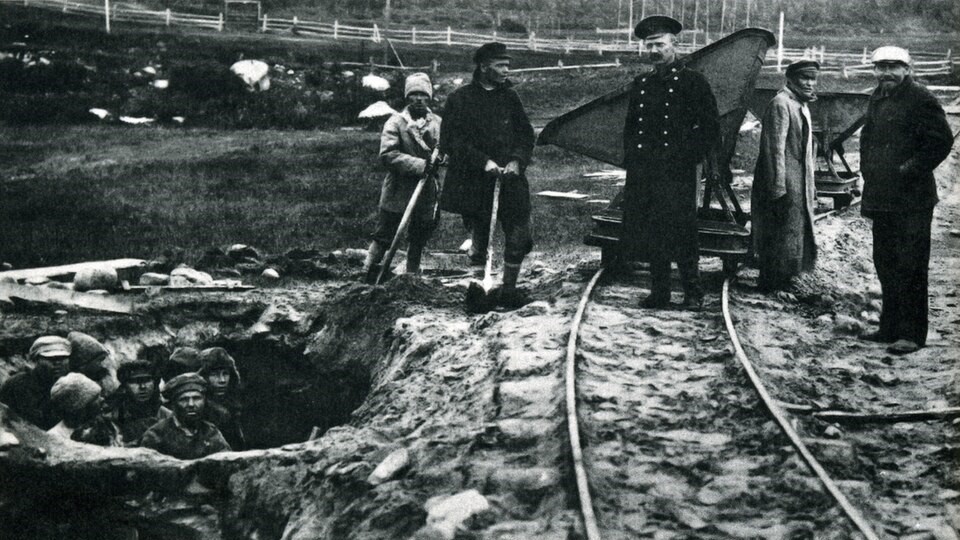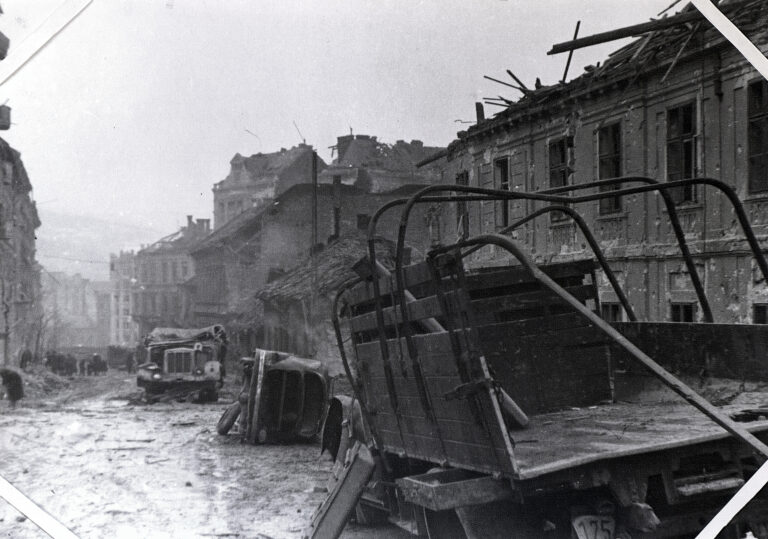Victory Day marks the Soviet Union’s triumph over Nazi Germany in 1945. The memorial day, which is still a public holiday in Russia and in Belarus, as well as in Bosnia and Herzegovina (in Serbia, it is a working holiday), commemorates 9 May 1945, the signing of the German Instrument of Surrender the previous day. The Soviet government declared the victory early on 9 May, immediately after the signing ceremony in Berlin. Although Victory Day became an official holiday in 1945 in the Soviet Union, it wasn’t recognised as a non-labour day until 1965, and only in some Soviet republics.
From 1950 to 1966, East Germany celebrated 8 May as Liberation Day. In 1967, a Soviet-style Victory Day was observed on 8 May. In 2002, the German state of Mecklenburg-Vorpommern designated a day of remembrance called the Day of Liberation from National Socialism and the End of the Second World War.
Most European nations, on the other hand, observe Victory in Europe Day (abbreviated to VE Day or V-E Day) on 8 May, while 9 May is observed as Europe Day or a national day of remembrance or victory.
The end of WWII was obviously no victory for Hungary. The ‘Day of the Liberation of Hungary’ was a national holiday for thirty-nine years, observed on 4 April, until it was officially abolished in 1991. The term ‘liberation’ was first used in Hungarian legislation in Decree No. 1390/1945 of the Hungarian Council of Ministers, which declared 4 April a liberation holiday without any explanation, paving the way ideologically for the socio-political changes that would follow. According to Decree-Law No. 10 of 2 April 1950, 4 April became ’the greatest national holiday of Hungary,
the day of Hungarian liberation and the unbreakable Hungarian–Soviet friendship’.
Editorials praising the Soviet Union, the Red Army, and the ‘Great Stalin’ were published in the Communist paper Szabad Nép.
Two lies have to be debunked regarding the 4 April ‘Liberation Day’. First of all: the date itself was pure fiction.
It wasn’t even on that day that WWII fighting ceased on Hungarian territory.
Despite reports published exclusively in the Communist press suggesting that the liberation of Hungary was completed on 4 April 1945, armed clashes with German forces continued for at least another week after the capture of Nemesmedves. While the fall of Rábafüzes on 3 April marked a significant turning point, defenders of the village’s ‘high ground’ held out until the 11th. In fact, the fighting in Hungary did not end until the early hours of the next day. German troops defending the Kapuy croft, located across the Pinka River to the west of Pinkamindszent, retreated to the German Reich (today, Austrian territory) on the night of 12 April. Some sources suggest that the last fighting German troops were driven out by the Red Army on 13 April. As Zoltán Udvardy has pointed out, the April 1992 issue of Vas Népe described these events in detail.
The other lie was that the people of Hungary welcomed their liberators. An important aspect of the so-called liberation of Hungary in fact was the mass rapes committed by the Red Army soldiers. According to feminist historian Andrea Pető, who has conducted extensive research on the topic, it is estimated that
between 50,000 and 200,000 women were raped in Budapest alone during the occupation of Hungary
by Soviet forces in 1945. The extent of sexual violence committed against Hungarian women during this time is considered one of the most brutal and traumatic events in the country’s history.
Reports from the period provide a harrowing account of the atrocities committed by the Soviet soldiers. For instance, in March 1945, the chief notary of the Simontornya district in Tolna County reported that 60 per cent of the female population of the village of Nagyszékely was infected with venereal disease, and that girls aged 12–13 were among the victims of rape.
In some settlements, the entire population was massacred by the invading forces, leading to the total disappearance of these communities from the map of inhabited settlements. The male population of Kápolnapuszta, for example, was executed on 16 March in 1945, by the reconnaissance battalion of the 2nd Ukrainian Front.[i] Several other atrocities could be listed, including against ‘liberated’ Jews.[ii]
Such accounts underscore the severity of the violence committed by the Soviet troops during their occupation of Hungary, leaving a legacy of trauma and pain that continues to resonate to this day. Of course, the Soviet Army brought end to the horrible Nazi and Arrow Cross crimes that had engulfed the country, and for that, a significant part of the population was initially thankful. But soon, the people of Hungary learned that their homeland had only exchanged one occupying totalitarian power for another. The oppression of the people, based on Soviet methods, started immediately—and not only after 1949, as some have suggested.
The final judgement of the people came in 1956, when they tried to shake off, without success, their Soviet oppressors.
[i] See also: Andrea Pető, Elmondani az elmondhatatlant. A nemi erőszak Magyarországon a II. világháború alatt, Budapest, Jaffa, 2019. [e-book]
[ii] https://library.hungaricana.hu/hu/view/mioi_iktatott_iratok_iktatoszam_nelkul_1945/?pg=1101&layout=s

